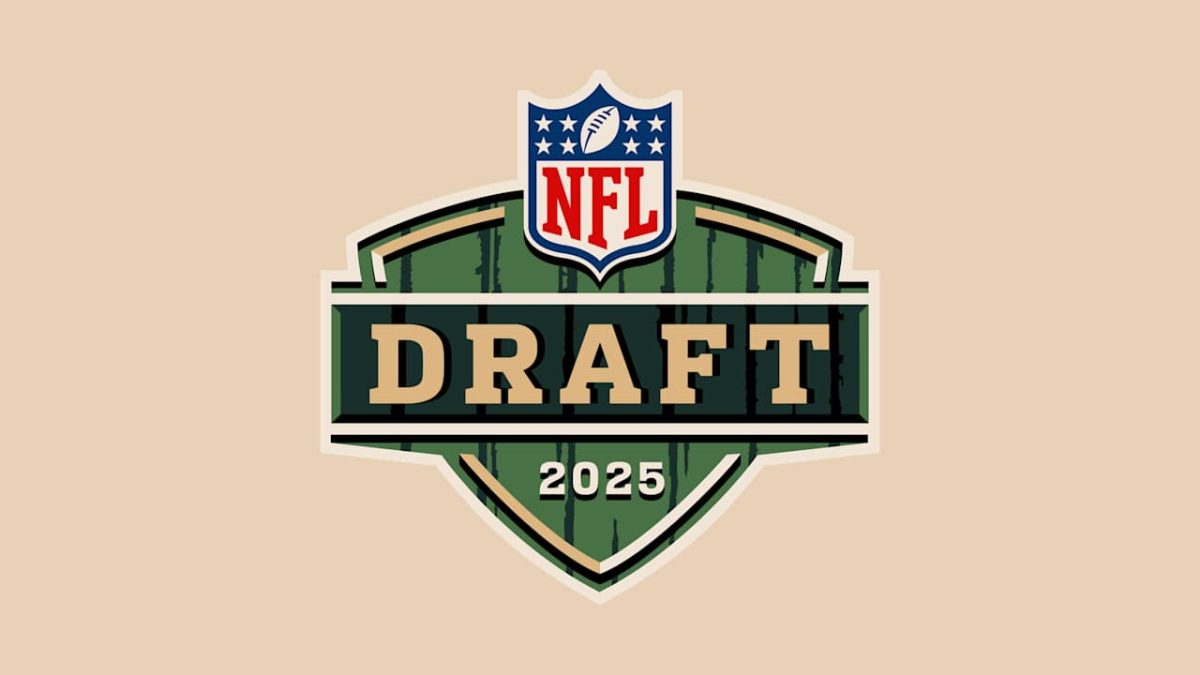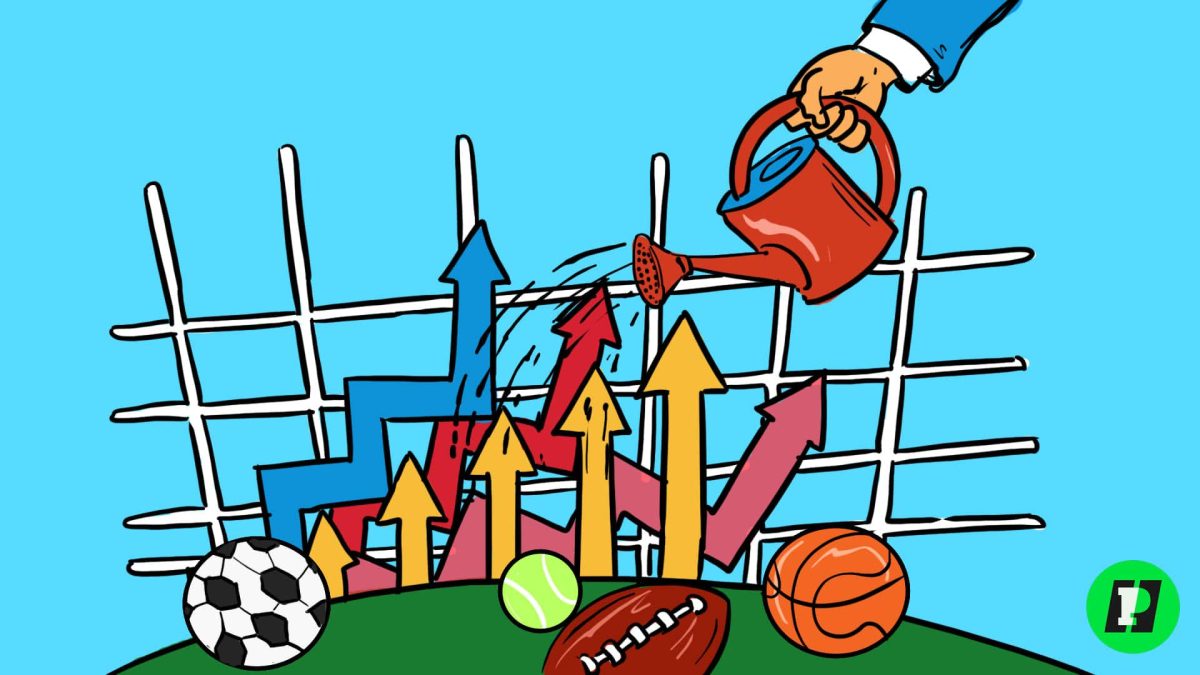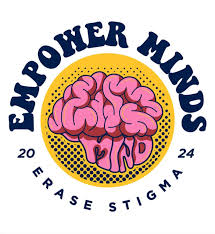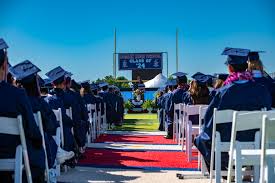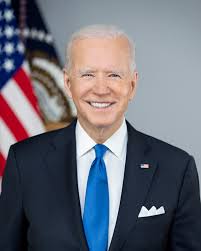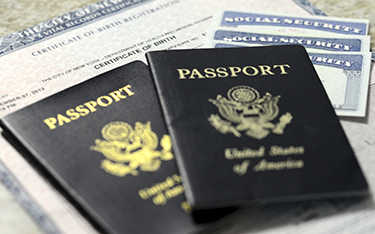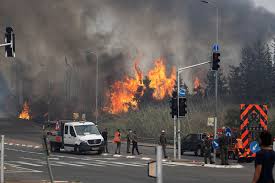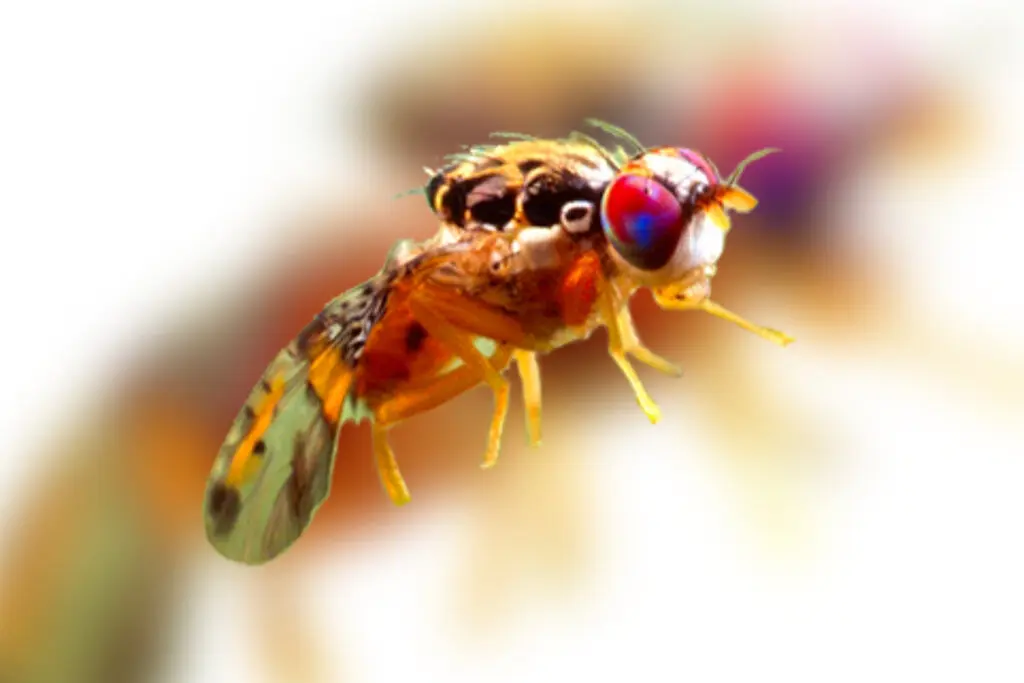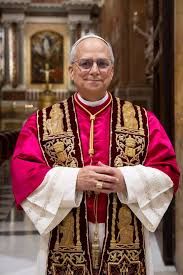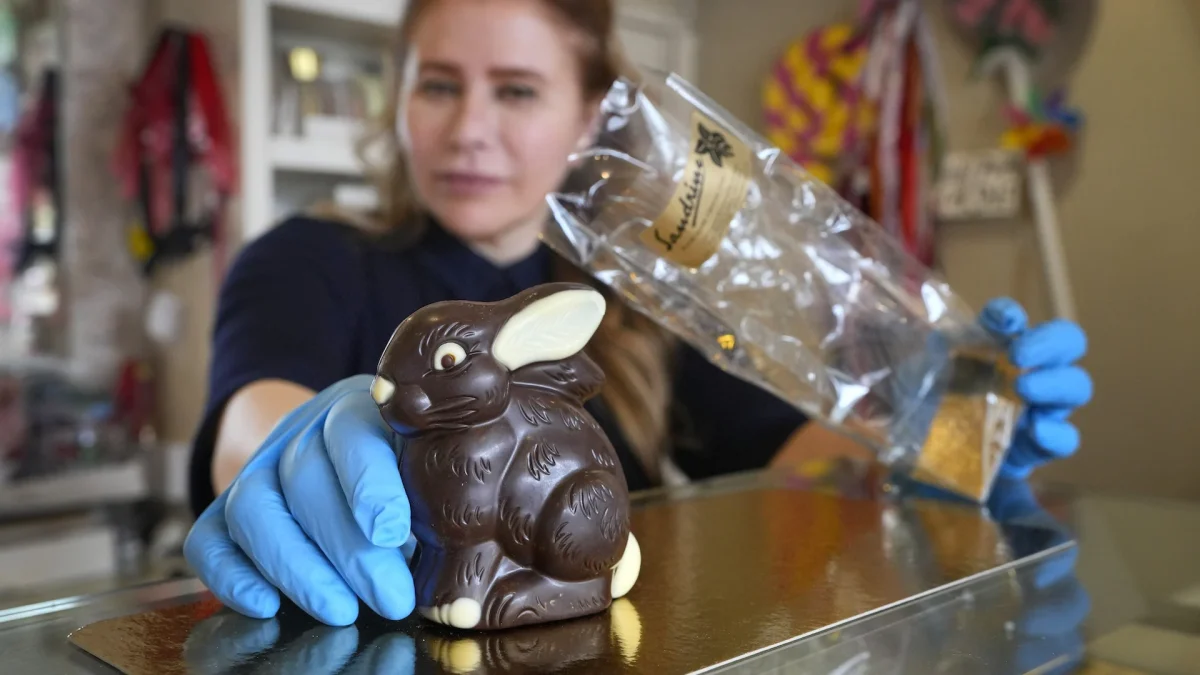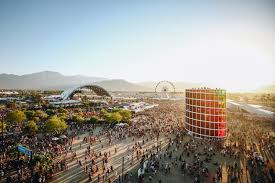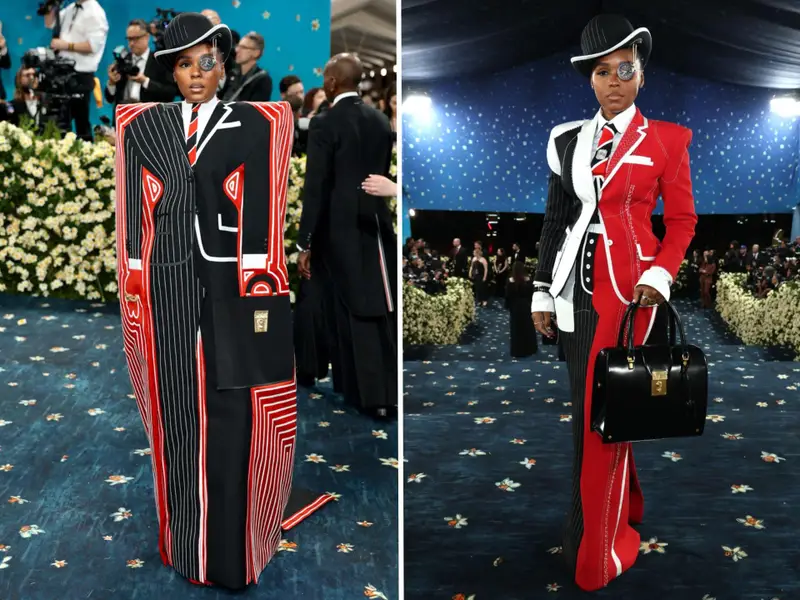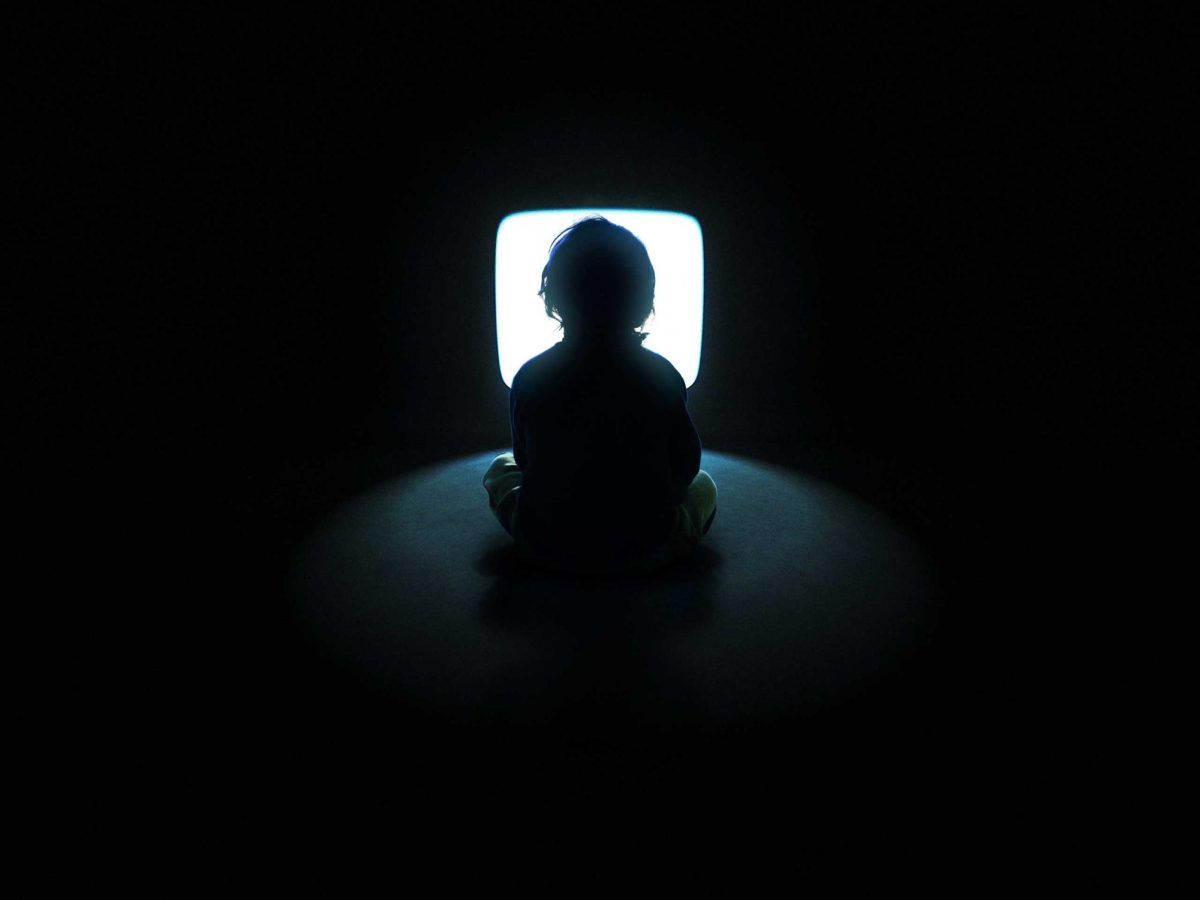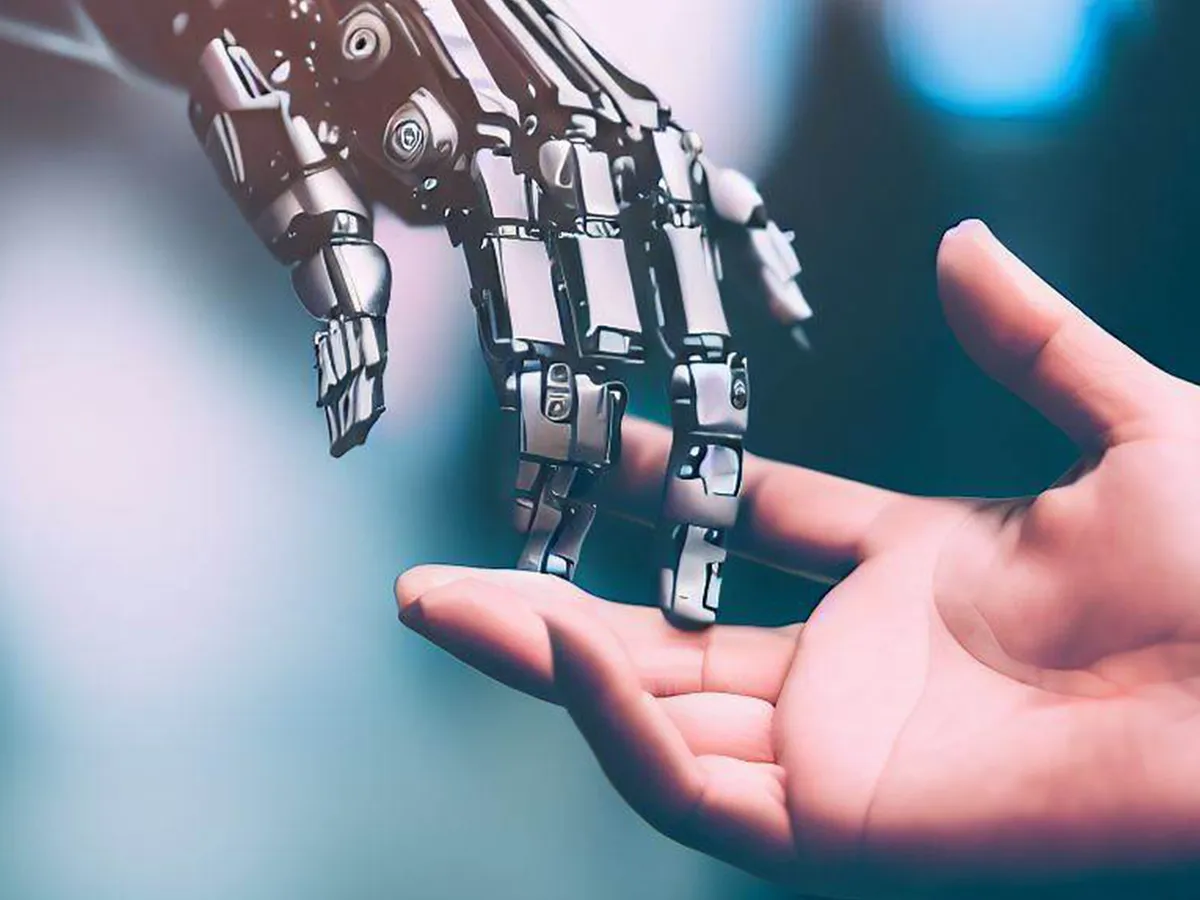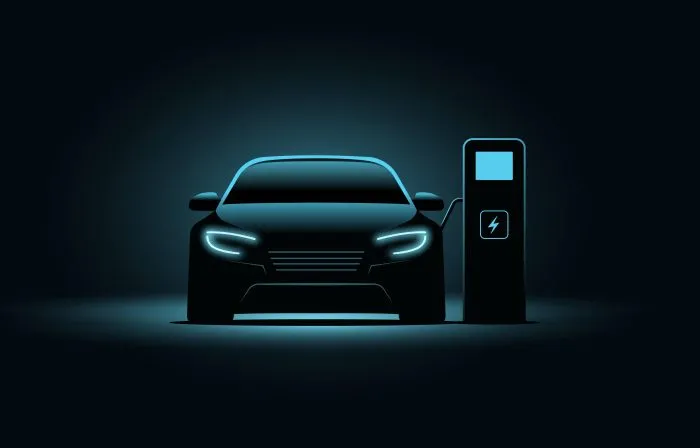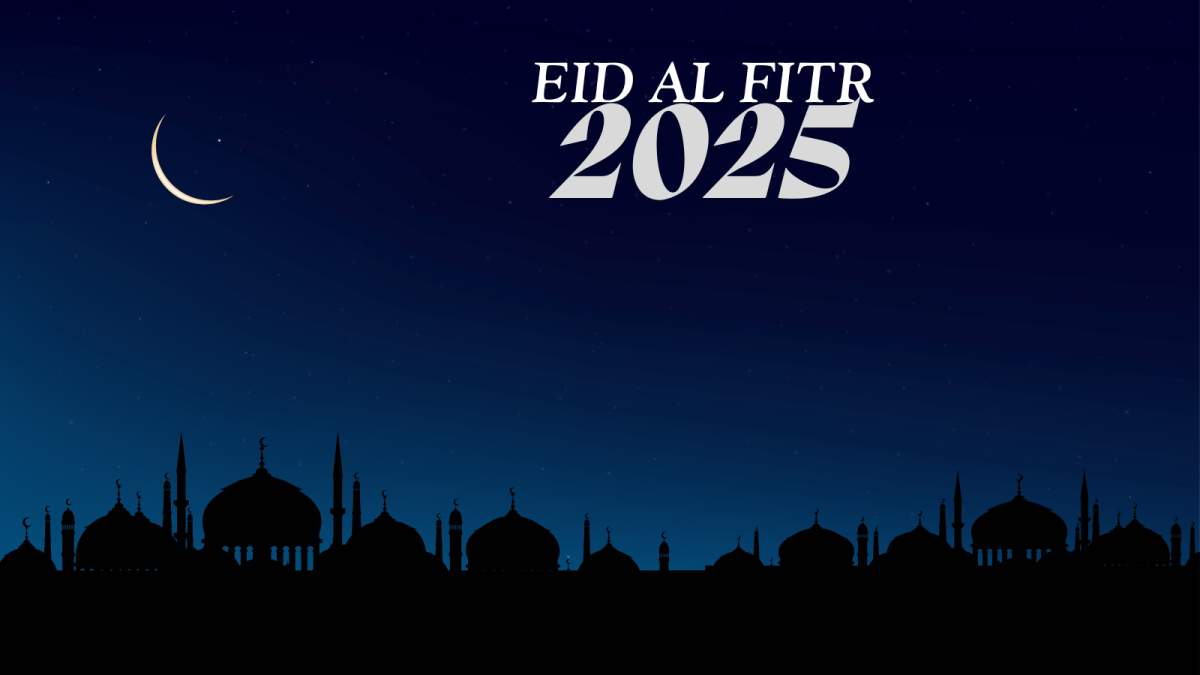Muslims around the world will soon bid farewell to the Islamic holy month of Ramadan and start celebrating the holiday of Eid al-Fitr.
Eid is marked with congregational prayers and festivities, including family visits, gatherings, and new clothes.
What’s Eid al-Fitr?
Eid al-Fitr is an Islamic holiday marking the end of Ramadan, when devout Muslims fast daily from dawn to sunset. Ramadan is a time of increased worship, charity, and good deeds. Eid al-Fitr means the feast, or festival of breaking the fast. Some ways to wish people a good Eid are Eid Mubarak, Blessed Eid, and Happy Eid.
When is Eid al Fitr?
Islam follows a lunar calendar, so Ramadan and Eid cycle through the seasons. This year, the first day of Eid al-Fitr is expected to be from the evening of 31 March to 1 April, but the exact date may vary among countries and Muslim communities.
What are some of the traditions and customs associated with Eid al-Fitr?
In Indonesia, the world’s most populous Muslim-majority country, many people travel to their hometowns to celebrate the holiday with their loved ones. In 2024, an estimated 193.6 million travelers crisscrossed the vast archipelago for Eid, embracing the homecoming tradition known as “mudik.” Over the past three years, during Eid celebrations, Indonesians have flocked to trains, ferries, buses, and motorcycles as they traveled from major cities to their villages to celebrate the holiday with their families. Flights were frequently overbooked, and anxious relatives, weighed down with boxes of gifts, formed long lines at bus and train stations for their travel journeys.
Before the holiday, popular markets teem with shoppers buying clothes, shoes, cookies and sweets.
In Malaysia, Muslims also have a homecoming tradition for Eid. The first day usually begins with a morning prayer in the mosque, seeking forgiveness from family and friends and visiting loved ones’ graves. There’s an “open house” spirit that sees friends and families trading visits to celebrate Eid and enjoy traditional delicacies such as ketupat, rice cooked in a palm leaf pouch, and rendang, a meat dish stewed in spices and braised in coconut milk. Older Muslims give money in green packets to children and guests who visit their homes.
In Egypt, families partake in Eid prayers amid a festive atmosphere. Many visit relatives, friends, or neighbors, and some travel to vacation spots. Children, usually wearing new Eid outfits, receive traditional cash gifts known as “eidiya.” Making or buying Eid cookies dusted with powdered sugar is another way to mark the holiday in the country.
In the United States, where Muslims constitute an ethnically and racially diverse minority, many gather for Eid prayers and festivals that offer enjoyable activities for children and families. These activities often include face painting and balloon twisting and lots of other carnival games.
Source:
